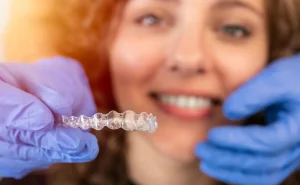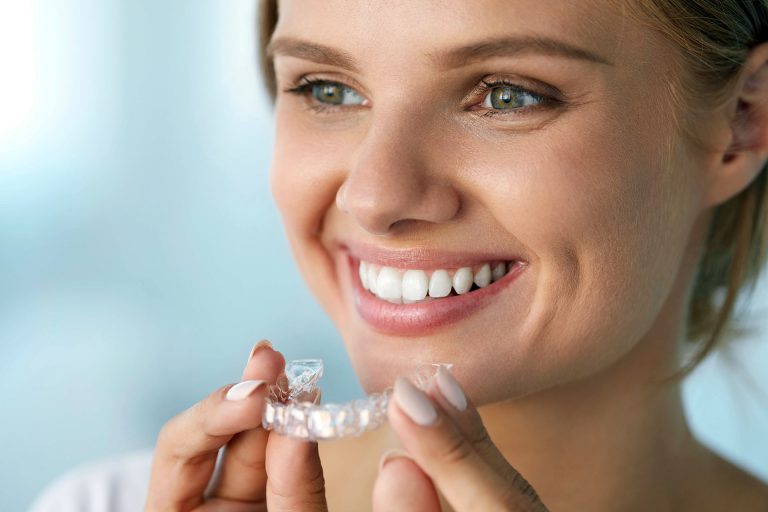Introduction
The world of orthodontics has witnessed significant advancements over recent years, with Invisalign being at the forefront of this revolution. As people increasingly seek discreet and convenient methods to achieve a perfect smile, understanding the broader health implications of treatments like Invisalign Sydney becomes crucial. One area that has garnered particular interest is the potential impact of Invisalign aligners on jaw health.
The Journey of Invisalign
Introduced as an innovative alternative to traditional braces, Invisalign employs clear aligners to straighten teeth over time. Made of a flexible thermoplastic material, these aligners provide an almost invisible way to achieve dental alignment, making them a popular choice for both adults and teenagers.
How Invisalign Works
Invisalign treatment starts with a consultation where an orthodontist assesses the patient’s dental condition. A personalised treatment plan is then developed, which includes a series of custom-made aligners that gradually shift teeth into their desired position. Patients typically change to a new set of aligners every one to two weeks, with regular check-ups to monitor progress.
Linking Clear Aligners to Jaw Health
The potential connection between Invisalign and jaw health is an area of growing interest. Misalignment of teeth and jaws, known as malocclusion, can contribute to a range of issues, including headaches, earaches, and discomfort in the jaw joints. This raises the question of whether Invisalign can help address such concerns.
Addressing Temporomandibular Joint Disorders
Temporomandibular joint (TMJ) disorders encompass various conditions affecting the jaw joint and muscles controlling jaw movement. Symptoms can range from jaw pain and clicking sounds to difficulties in chewing. Invisalign may aid in alleviating some symptoms by correcting bite misalignments.
Scientific Insight and Research
Recent studies have delved into the broader benefits of clear aligner therapy. An insightful study published in a renowned medical journal explores the impact of Invisalign on various dental and orthodontic outcomes. It suggests that by promoting proper alignment, Invisalign may contribute positively to jaw health, although further research is needed to conclusively establish these benefits.
Benefits Beyond Aesthetics
While the primary goal of Invisalign is to enhance dental aesthetics, the potential health benefits should not be overlooked. Proper alignment of teeth can improve oral hygiene, speech, and overall dental health. Furthermore, the psychological boost from a well-aligned smile can enhance confidence and quality of life.
The Appeal of Invisalign in Sydney
In cities like Sydney, where aesthetics and lifestyle are highly valued, Invisalign has gained immense popularity. Many residents are opting for Invisalign Sydney as it offers a modern approach to achieving an ideal smile without the conspicuousness of traditional braces.
The Role of Clear Aligner Therapy in Modern Dentistry
As dentistry continues to evolve, clear aligner therapy is becoming a staple in orthodontic practices. The growing demand for such treatments has been highlighted in a comprehensive overview of clear aligner therapy trends, which underscores its effectiveness and adaptability in various orthodontic scenarios.
Conclusion
Invisalign represents a significant stride in orthodontic care, offering both aesthetic and potential health benefits. While the clear aligners are primarily designed for straightening teeth, their influence on jaw health presents an exciting avenue for exploration. As the understanding of these connections deepens, Invisalign may play an increasingly important role in holistic dental care. For those considering orthodontic treatment, it is always recommended to consult with a qualified professional to assess the suitability of Invisalign for individual needs. Overall, Invisalign continues to pave the way for a future where dental care is both effective and aesthetically pleasing.
Any surgical or invasive procedure carries risks. Before proceeding you should seek a second opinion from an appropriately qualified health practitioner.













